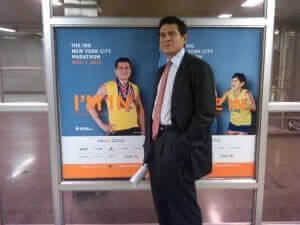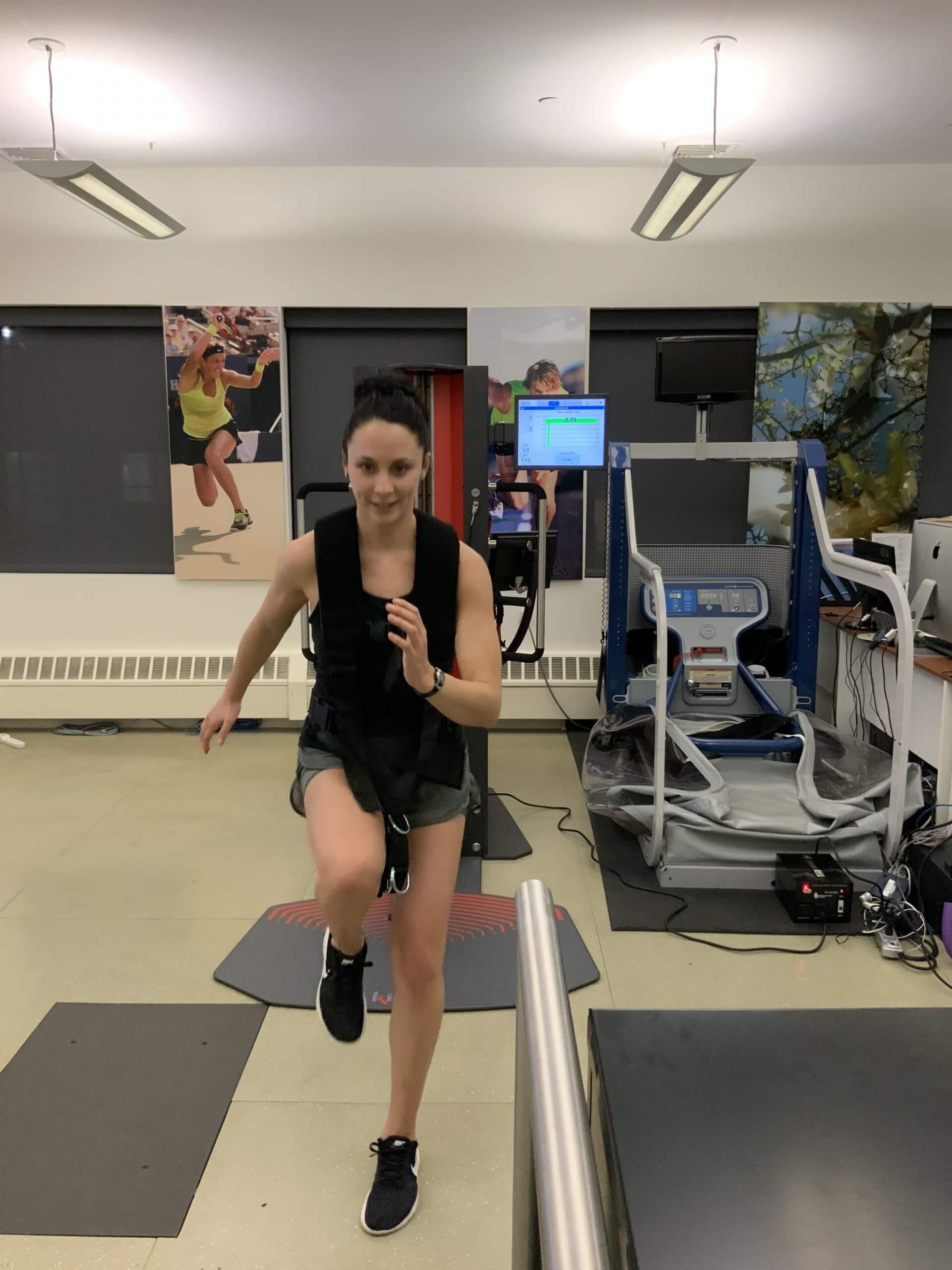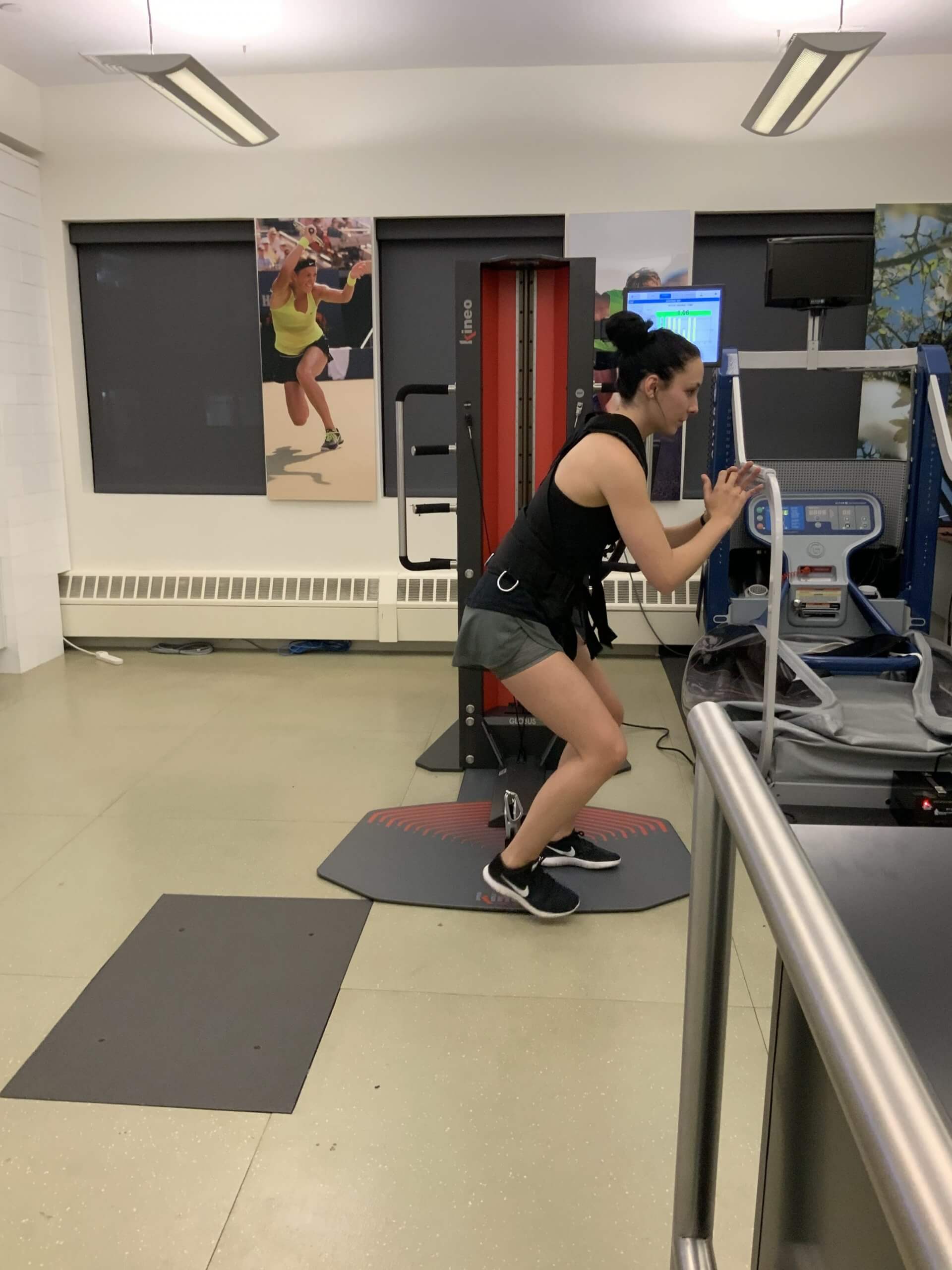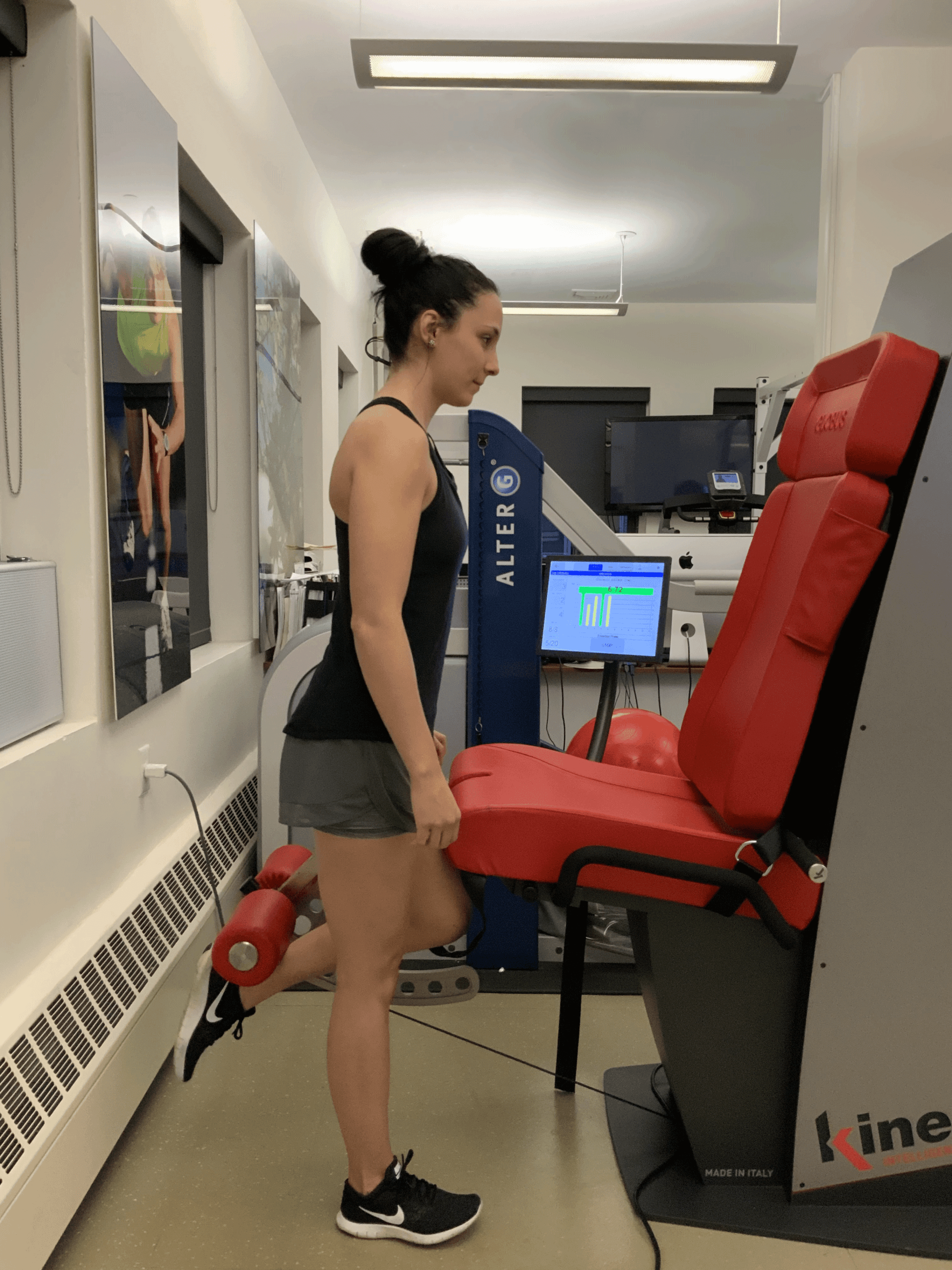Gait analysis has been a standard procedure in the research world for decades, but it is only now making its way into the clinical world. One obstacle has been the expense of gait analysis technology that has placed it beyond the reach of many podiatrists and therapists, who have had to rely on simple video as their primary gait analysis tool.
A full gait analysis involves a complex assessment of factors that may not be revealed in a simple recorded video. While a video may expose biomechanical faults, they are frequently compensations, and not the underlying cause of dysfunction. In order to conduct a full-spectrum gait analysis, highly specialized equipment using cutting edge technology and clinical expertise are needed.
Gait or running analysis may be called for in cases of foot, ankle, knee, hip and low back pain, all of which affect walking and running. Runners with those symptoms are considered primary candidates for gait evaluation.
Impaired walking frequently involves more than one joint, and gait analysis enables us to observe the interrelationship between vertical locomotion and the kinematic chain. Gait analysis can measure and quantify functional limitations, impaired movement and disability.
At NYDNRehab, we use the Zebris instrumented treadmill and the Simi motion computerized gait analysis system. We obtain kinetic, kinematic and pressure data as well as surface electromyography data.
We also use a new and advanced technology called C.A.R.E.N (computer assisted rehabilitation environment) to assess balance and stability during locomotion.
Data obtained from computerized gait analysis enables the clinician to see movement deviations that are invisible to the naked eye during clinical examination. Gait analysis data allows clinicians to distinguish compensation from the root cause of dysfunction, enabling them to design treatment interventions that target the cause, rather than the symptoms.
Patients often develop pain at the site of compensation because of a particular mechanical or neuromuscular deficiency. Gait analysis can help identify biomechanical faults, running style errors, and training mistakes, giving the clinician a point of reference from which to design treatment strategies.
Running gait analysis is very important for injury prevention, as it can provide the runner with a clear picture of mechanical errors in their performance. Computerized running analysis allows the runner to identify deficient strike patterns, helping rearfoot strikers to transition to midfoot or forefoot running. Gait analysis also provides information on how to improve running style, eliminating guesswork as to whether a new style of training is actually useful, or if the runner is just replacing the old pattern with a new dysfunctional pattern.
Common biomechanical faults, neuromuscular dysfunctions and other problems illuminated by running gait analysis include:
- Inadequate hip extension
- Decreased foot rocking
- Compensatory adaptations
- Weak or tight muscles
- Crossover gait
- Pelvic drop
- Dynamic valgus or varum
- Excessive foot pronation or inadequate supination during push-off
- Overstriding
- Improper spatio-temporal parameters
- Poor shoe matching to the runner’s foot type or running technique
- Mistakes in running style, training and transition to midfoot / forefoot strike
- Too fast transition to minimalist running
- Poor proprioception
- Asymmetrical weight bearing
- Poor balance
- Limited skill
At NYDNRehab in NYC, we provide complete running and walking gait analysis using the latest and most sophisticated technology for testing and retraining. For competitive runners, we provide additional testing using our return-to-sports and C.A.R.E.N technologies.
We also provide shoe and running style counseling, rehab and injury prevention counseling, and orthotic prescription. We use foot pressure mapping analysis to track spatio-temporal parameters of cadence and stride length, foot rotation angles and excessive pressure points. We incorporate Extracorporeal Shockwave therapy and eccentric muscle training, along with manual therapy and gait retraining.
The running gait analysis program at NYDNRehab is considered to be one of the most complete programs for runners in the US, combining the latest technology with education from leading experts in running and sports medicine.
Whether you are having difficulty walking, experiencing pain while running recreationally, or you are a competitive runner looking to improve your performance, gait analysis and retraining can get to the root of your pain and dysfunction, and restore you to pain-free mechanical efficiency. Do not allow pain to keep you from walking and running. Contact NYDNRehab today to schedule your gait analysis session, and get back to doing the activities you love, pain-free.





























































